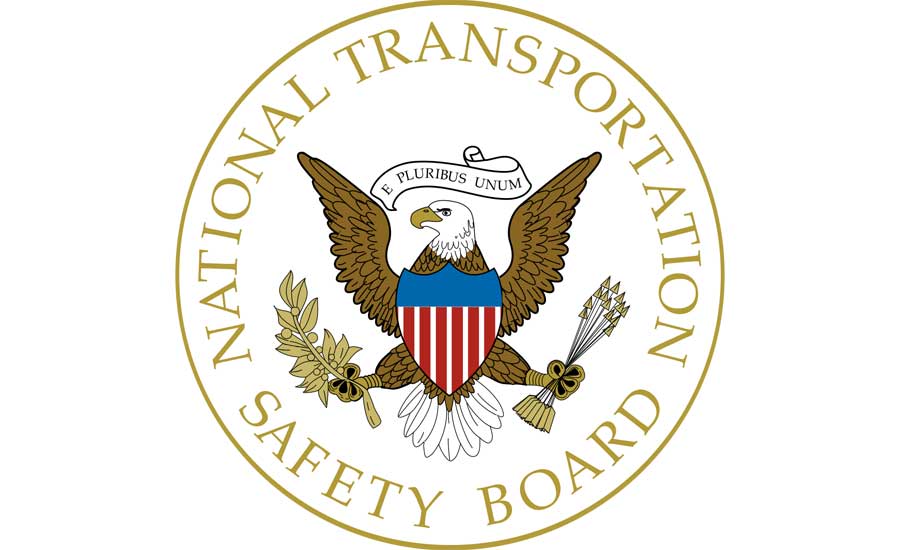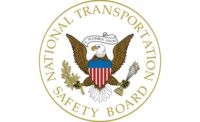Errors made in the design of a 174-foot-long pedestrian bridge in Miami contributed to the fatal collapse of the structure on March 15, 2018, according to an investigative update issued today by the National Transportation Safety Board (NTSB). The bridge was intended to let Florida International University students cross safely over a busy highway. Six people died and eight others were injured when it plunged to the ground, crushing a number of vehicles that were beneath it. One of the fatalities and five of those injured were bridge workers.
The agency’s ongoing investigation says errors made were in the design of the northernmost nodal region of the span where two truss members were connected to the bridge deck. The design errors resulted in an overestimation of the capacity (resistance) of a critical section through the node, and, an apparent underestimation of the demand (load) on that section. The design review was conducted by the Federal Highway Administration’s Office of Bridges and Structures in support of the NTSB’s ongoing investigation. The Federal Highway Administration is a party to the NTSB’s investigation.
|
Click here to read more. |
The Turner-Fairbanks Highway Research Center, part of the Federal Highway Administration, conducted numerous tests and examinations of concrete and steel samples taken from the bridge following its collapse. The concrete and steel specimens tested by Turner-Fairbanks Highway Research Center personnel met the project’s build plans specified minimum requirements. Findings from the materials tests include:
- Concrete core specimens from the bridge deck and bridge canopy met the compression requirements in the project plans.
- The design plans specified concrete used for the project had to be in accordance with Florida Department of Transportation specifications. All specimens from the bridge deck and bridge canopy were within the specified range for total air content.
- Tension test results of size #5, #8 and #11 steel reinforcing bars revealed all met minimum yield and tensile strengths and percent elongation at fracture, for their respective sizes. Size #7 bars could not be tested due to collapse-induced deformation.
The NTSB’s investigation of the bridge collapse is ongoing and the information contained in the investigative update is preliminary and will be supplemented or corrected as the investigation progresses. As such, no conclusions about probable cause should be drawn from the information contained in the investigative update.
The investigative update is available online at https://go.usa.gov/xPGnG.





